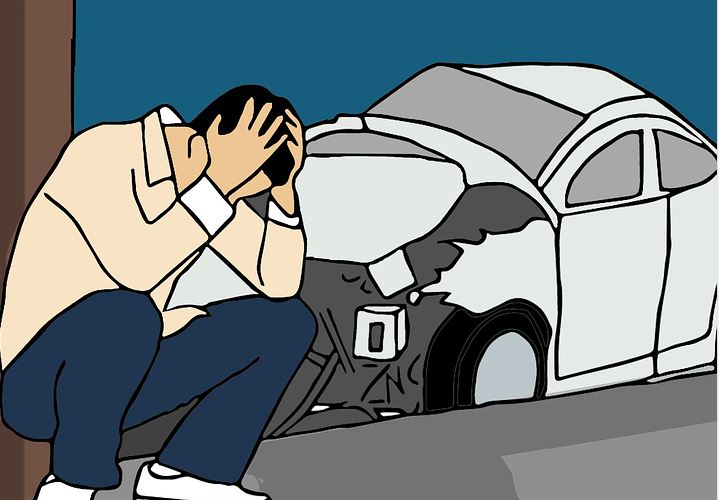In the United States, automobile accidents occur approximately every two minutes, resulting in a shocking 40,000 deaths each year. There are numerous reasons crashes happen so frequently, from distracted and reckless driving to intoxication and aggression, to poor road conditions and vehicle defects. Regardless of what caused the accident, the emotional and physical aftermath can be devastating.

After an incident, individuals feel an array of emotions, including fear, anxiety, fatigue, and embarrassment, on top of any physical ailments from the crash. To add insult to injury, many crash victims are subject to messy legal altercations. While some accidents are mild, others may involve reckless, intoxicated, or otherwise incapacitated drivers, requiring legal intervention.
If you find yourself wrapped up in a complicated accident, consider conducting a Google search using the keywords “personal injury attorney in Baton Rouge” to find a reliable attorney in your area. However, there are steps you can take to avoid legal trouble and serious altercations post-accident. Steer clear of further trouble by reviewing the following steps to take after an automobile accident.
Step 1: Stop
Although it’s tempting to exit the scene as soon as possible, avoid leaving until you’ve taken down the other driver’s information and, if necessary, contacted law enforcement. By documenting damages, swapping contact information, and filing a report, you allow officers and your insurer to pin down the precise details of what transpired.
Step 2: Check for injuries
Your well-being comes first. Check if you and the other passengers in your automobile sustained any visible injuries from the accident. If you or anyone involved is hurt, contact medical assistance immediately. Avoid moving injured folks to dodge further damage, and keep calm while you wait for help.
Step 3: Move to a safe location
If you and those involved have avoided injury and your vehicle is still operational, attempt to move off the main road, if applicable. By shielding your vehicle from incoming traffic, you’ll guard yourself against oncoming vehicles. If you’re unable to avoid main highways or high-traffic areas, set out emergency reflectors, remain inside your car, and wait for law enforcement to arrive.
Step 4: Report the case to law enforcement agencies
If the accident is serious, involving injury or vehicle damage, report the incident to law enforcement immediately after taking precautionary safety steps. Once officers have concluded their assessment, they’ll make a report based on findings. Request a copy of the accident report for insurance purposes and share your information with the other driver to circumvent further complications.
Step 5: Document the accident
It’s critical to document the accident, but what does that entail? First, collect the other driver’s info, including contact information, insurance provider, and any other points of concern. Once law enforcement arrives, compile badge numbers, collect an accident report copy, and obtain ticket information if they’ve cited you. Finally, take pictures of the incident for insurance and proof of the incident.
Step 6: Notify the insurer about the accident
If possible, notify your insurance agency of the incident while on the scene to sidestep missed information later on. Plus, if you’ve never been in an accident before, they’ll walk you through necessary steps, helping you avoid missteps that could lead to legal complications.
Step 7: Seek medical attention
Even if you’ve confirmed no immediate medical attention is needed, it’s always a good idea to seek out an evaluation after you’ve left the scene. Often, adrenaline kicks in, which lessens pain until your nervous system has time to relax and process. Allow a trusted physician to check for internal bruising or bleeding, often challenging to detect without expert advice.
Step 8: Keep a record of the details surrounding the accident
Keep all documents and photographs that relate to the accident scene together and organized. Not only will your insurance agency need access to documentation, but any legal proceedings will also require proof and a detailed log of the incident.
Parting thoughts
Automobile accidents leave victims frazzled—especially those who’ve never experienced an incident before. However, by staying calm, documenting the scene, and taking down the necessary information, you can ensure you’ll be safe, both physically and legally.
